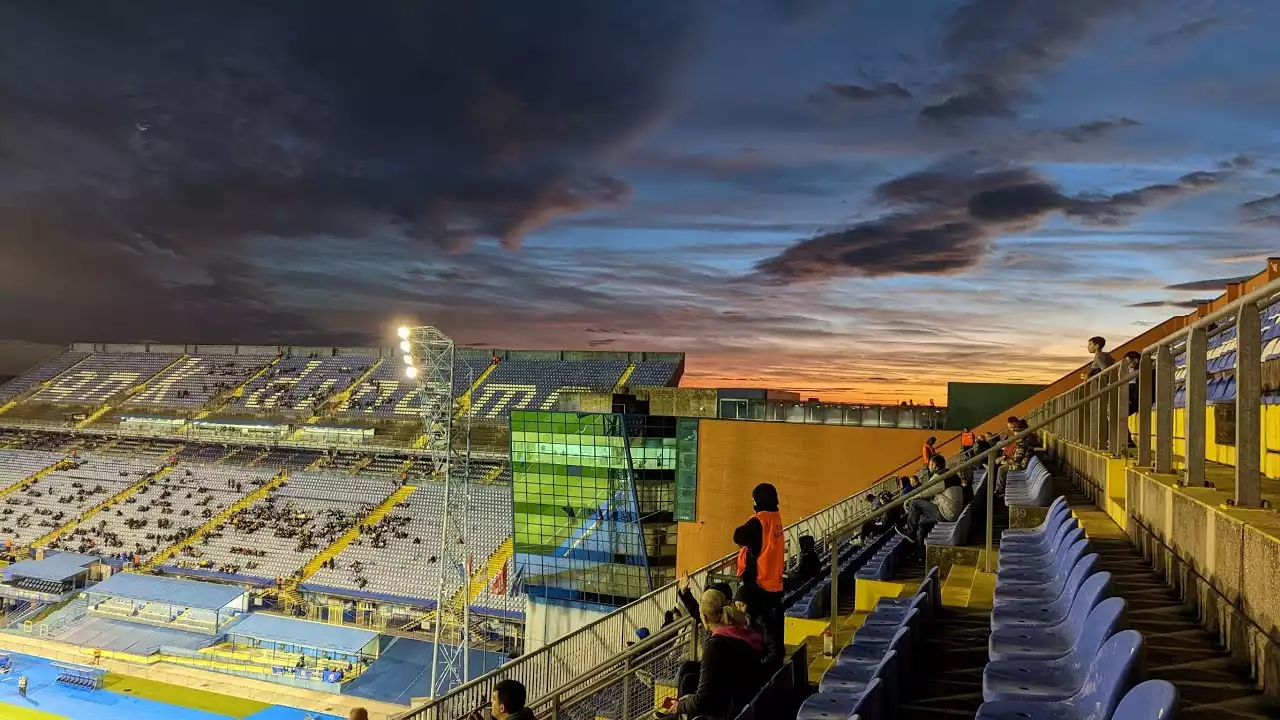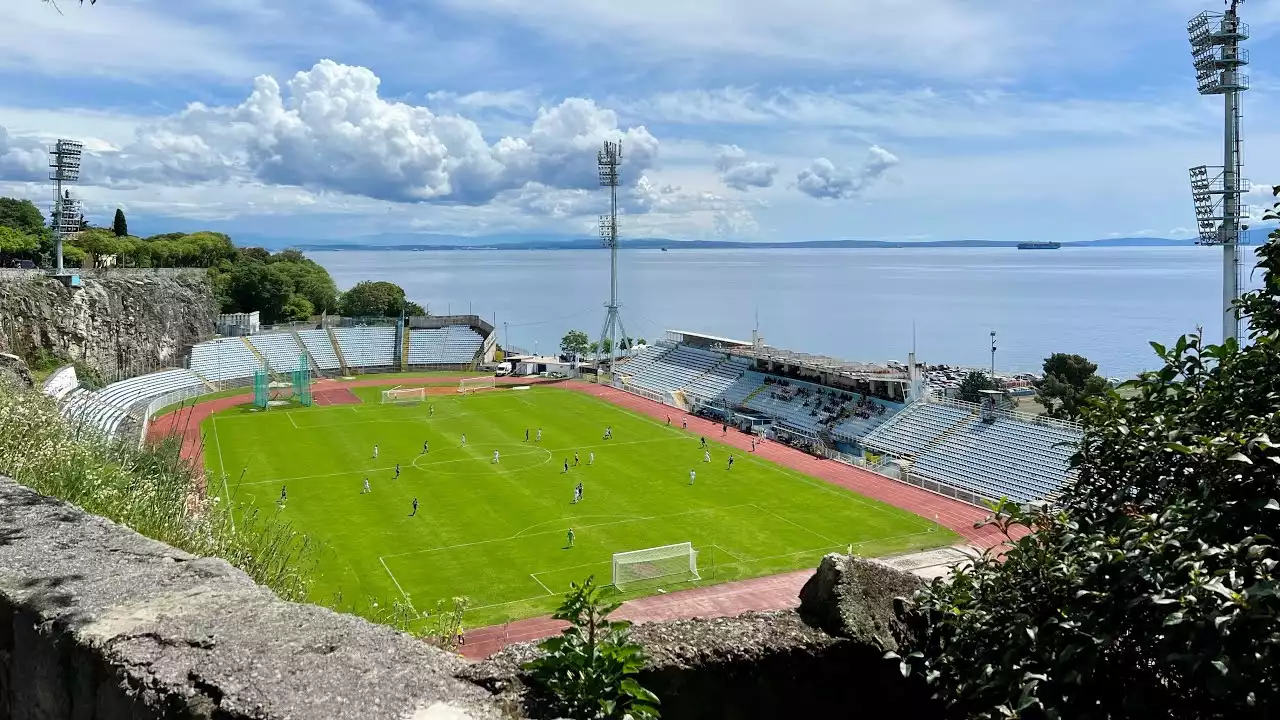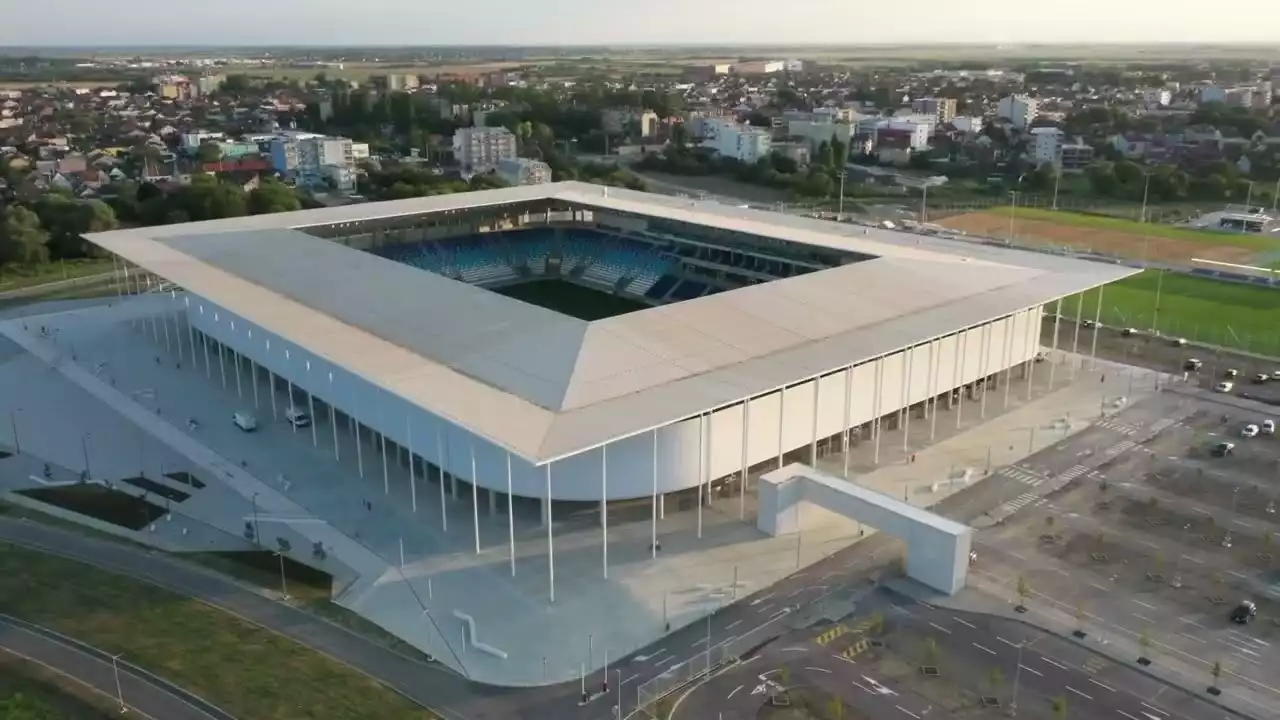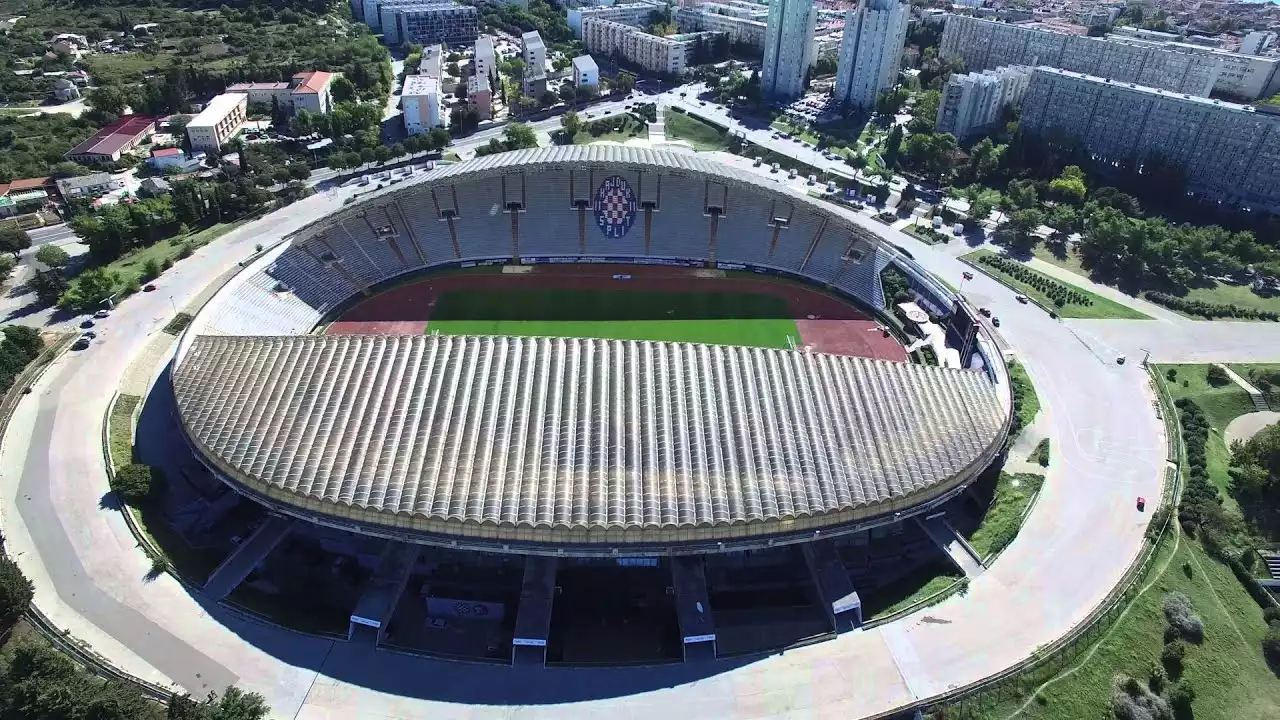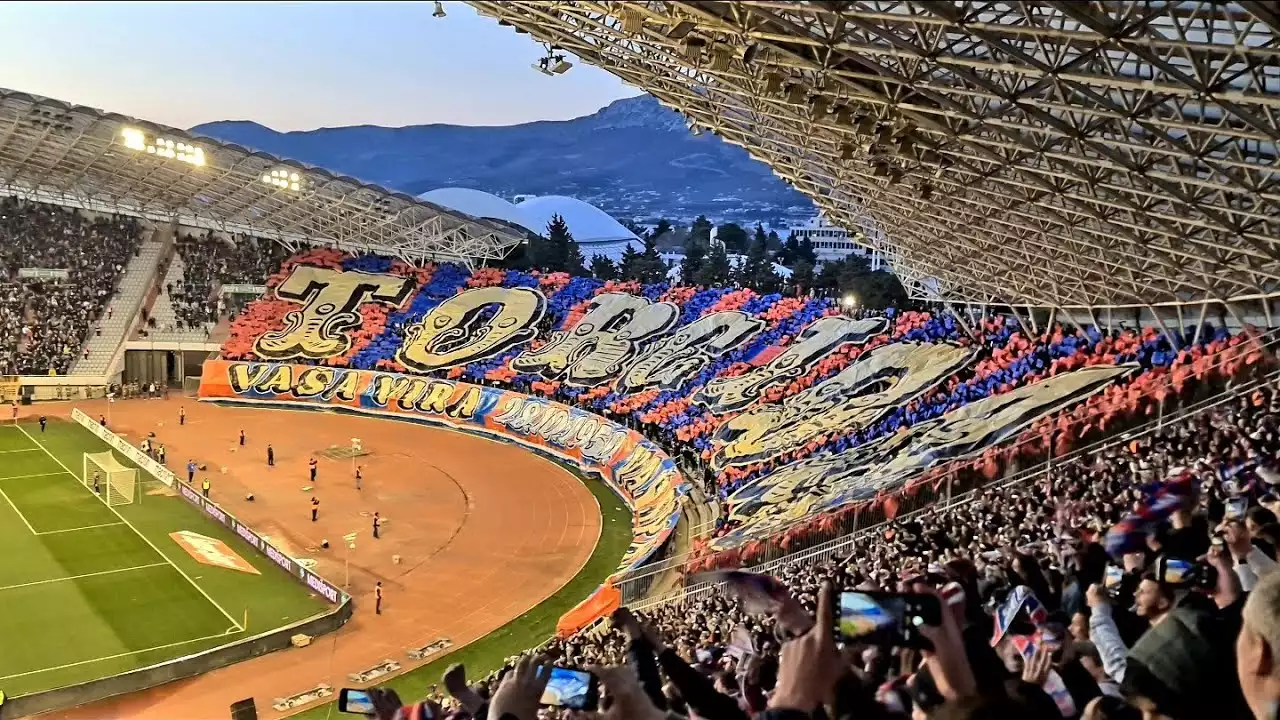Historical Overview of Croatian Football Venues
Croatia has a long and storied history when it comes to football venues. From the humble beginnings of local fields to the grand stadiums that stand today, these venues have played a crucial role in shaping the country's football culture.
One of the oldest and most iconic stadiums in Croatia is the Maksimir Stadium in Zagreb. Built in 1912, this historic ground has witnessed countless thrilling moments and fierce rivalries throughout the years. With a seating capacity of over 30,000 passionate supporters, it has become the fiery home of Dinamo Zagreb, one of the most successful football clubs in Croatia. The stadium has undergone numerous renovations and upgrades over the years, but it has managed to retain its rich history and unique atmosphere.
Moving down the coast, we come across the Poljud Stadium in Split. This architectural marvel, built in 1979, has not only hosted Hajduk Split matches but also some of the most memorable national team games. The stadium's distinctive design, with its iconic arched roof, has made it a recognizable landmark in the city. The awe-inspiring ambience created by the roaring crowd is truly something to behold. The stadium has also seen its fair share of renovations and improvements, ensuring that it remains a modern and world-class venue.
Lastly, we have the Rujevica Stadium in Rijeka. This state-of-the-art venue, built recently in 2015, has quickly gained recognition as one of the finest stadiums in Croatia. Its immaculate pitch and state-of-the-art facilities contribute to an unforgettable experience for fans and players alike. The stadium's unique location, nestled between the mountains and the sea, adds to its charm and beauty. It has become the pride of Rijeka and a symbol of the city's passion for football.
Impact of These Venues on Croatian Football
These three venues have had a profound impact on Croatian football, both on and off the pitch. They have become more than just places to watch a game; they have become an integral part of the country's football culture.
The Maksimir Stadium, for example, has been the stage for some of the most intense and historic matches in Croatian football history. The passionate support of Dinamo Zagreb fans has created an intimidating atmosphere for visiting teams, making it a true fortress for the home side. The stadium has also been a breeding ground for talented players, with many going on to achieve success both domestically and internationally.
Similarly, the Poljud Stadium has become synonymous with the spirit of Hajduk Split. The club's loyal and passionate supporters fill the stadium for every home game, creating an electric atmosphere that inspires the players. The stadium has also hosted numerous international matches, further cementing its place in Croatian football history. It has become a symbol of pride for the city of Split and a testament to the passion and dedication of its football fans.
The Rujevica Stadium, although relatively new, has already made a significant impact on Croatian football. Its modern facilities and world-class infrastructure have raised the standard for football stadiums in the country. The stadium's location and design have also made it a popular destination for fans and tourists alike. It has become a source of pride for the city of Rijeka and a symbol of its commitment to football excellence.
Other Notable Football Venues in Croatia
While the Maksimir Stadium, Poljud Stadium, and Rujevica Stadium are undoubtedly the most iconic football venues in Croatia, there are several other notable stadiums worth mentioning.
One such stadium is the Stadion Kantrida in Rijeka. Although not as grand or modern as the Rujevica Stadium, it has its own unique charm. The stadium is located right by the sea, offering stunning views of the Adriatic coast. It has been the home ground of HNK Rijeka, another prominent football club in Croatia. The stadium's intimate atmosphere and close proximity to the water make it a favorite among fans.
Another notable venue is the Gradski Vrt Stadium in Osijek. Home to NK Osijek, one of the oldest football clubs in Croatia, this stadium has a rich history. It has undergone several renovations over the years, but it has managed to maintain its traditional charm. The stadium's passionate atmosphere and vocal supporters make it a formidable place for visiting teams.
Future Developments and Renovations in Croatian Football Venues
As Croatian football continues to grow in popularity and success, there are ongoing plans for further developments and renovations in football venues across the country.
One such project is the renovation of the Stadion Maksimir in Zagreb. The stadium, which has been the subject of much debate and discussion, is set to undergo a major facelift in the coming years. The renovation plans aim to modernize the stadium while preserving its historical significance. The goal is to create a world-class venue that can host international matches and provide an unforgettable experience for fans.
In addition to the Maksimir Stadium, there are also plans for improvements to the Poljud Stadium in Split. The stadium's iconic design will be preserved, but upgrades will be made to enhance the overall fan experience. These include improvements to seating, facilities, and technology, ensuring that the stadium remains a top-notch venue for football matches.
The Rujevica Stadium in Rijeka is also set to undergo further developments in the near future. The city has ambitious plans to expand the stadium's capacity and add additional amenities to accommodate larger crowds. These improvements will allow the stadium to attract more high-profile matches and events, further solidifying its status as one of Croatia's premier football venues.
The Maksimir Stadium, Poljud Stadium, and Rujevica Stadium have become iconic symbols of Croatian football. They have shaped the country's football landscape, hosting memorable matches and creating an electric atmosphere for fans. These venues, along with other notable stadiums in Croatia, continue to play a crucial role in the development of the sport. With ongoing plans for future developments and renovations, the Croatian football scene is set to reach even greater heights in the years to come.
